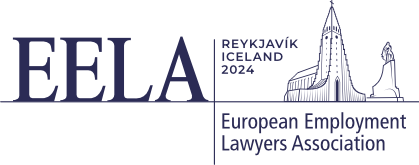Quick facts & Useful links
Iceland is a country of extreme contrasts and dramatic landscapes. Widely known as “the land of fire and ice,” Iceland is home to some of the largest glaciers in Europe and some of the world’s most active volcanoes. Iceland is also the land of light and darkness. Long summer days with near 24-hours of sunshine are offset by short winter days with only a few hours of gloomy daylight—the perfect scenario for enjoying the magical Northern lights.
It´s a relatively large island in the middle of the North-Atlantic ocean, just south of the Arctic Circle, between 63.4°N and 66.5°N latitude. Iceland stretches over an area of 103.592 km2, which is similar to Hungary and Portugal. It is the second-largest island of Europe, following Great Britain, and the 18th largest island globally. At its widest, Iceland measures approximately 500 km (305 miles) east to west and 300 km (185 miles) north to south.
Reykjavík
Iceland is one of the most sparsely populated countries in the world, with a population count of 387.758*. The capital of Iceland is Reykjavík, earning it the title of being the northernmost capital of the world. Almost two-thirds of the inhabitants live in the capital area in the southwest. The rest of the population is spread around the long coastline, mostly in fishing villages and farmland regions.
Icelandic Swimming Etiquette
Important Phone Numbers
– Emergency services: police, fire and ambulance. Tel: 112
– Police Station. Tel: 444-1000
– Medical Assistance. Tel: 1770
– Search and Rescue. Tel: 570-5900
– International Directory Inquiries. Tel: 1811
– E.R Emergency Room Landspítali Hospital (Reykjavík). Tel: 543-2000
Currency
The Icelandic króna (plural krónur) –ISK.
Time
Iceland is on Greenwich Mean Time (GMT) all year round.
Useful links
